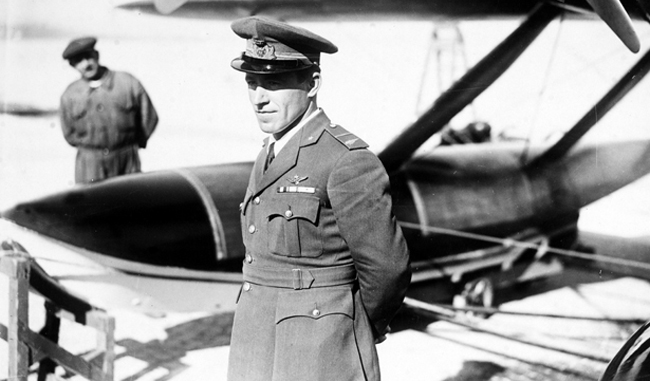
On a sunny day in 1934, the shores of Lake Garda in northern Italy were witness to a flight of speed and precision that would go down in history. If you had been standing there, you might have noticed a red dot in the distance growing larger, accompanied by a sound like a thunderstorm rolling in. That flash of red was the Macchi M.C. 72, a seaplane that would soon break the world speed record for any aircraft, piloted by an Italian aviator named Francesco Agello. With an average speed of 440 mph over a three-kilometer course, Agello became the fastest man alive. For five years, the Macchi M.C. 72 would reign as the fastest aircraft in the world, and nearly 90 years later, its title as the fastest piston-powered seaplane remains unchallenged.
The Aircraft That Made History
The Macchi M.C. 72 wasn’t just any seaplane, it was the result of years of effort by Italy’s Aeronautica Macchi, a company driven by the pursuit of speed. Under the direction of designer Mario Castoldi, the M.C. 72 became a masterpiece of aviation engineering. Measuring 8.32 meters long, with a wingspan just over 9.4 meters, this sleek, low-wing monoplane was designed to cut through the air with ease. The M.C. 72’s power was its incredible Fiat AS.6 engine, a 24-cylinder monster that produced an almost unimaginable 3,100 horsepower. This engine, paired with a contra-rotating propeller system to cancel out the torque, gave the plane its blistering speed. But the road to this record was far from smooth. Early in the testing phase, the engine encountered serious issues, including backfiring and overheating at high speeds. British engineer Francis Rodwell Banks was called in, and after some adjustments to the fuel system, the plane was finally ready to take on the world.
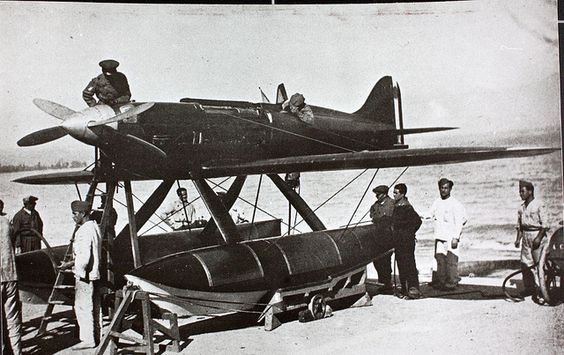
Francesco Agello: The Man Behind the Controls
Francesco Agello was a man with nerves of steel and an unshakable commitment to pushing the limits. Agello had already earned a reputation as a daring test pilot, and his ability to handle the demanding Macchi M.C. 72 in extreme conditions earned him accolades both in Italy and internationally. Twice awarded the prestigious Henry De La Vaulx Medal, Agello was an elite among Italian pilots. As Italy, under Mussolini’s leadership, saw this record attempt as a matter of national pride, the pressure on Agello was immense. Mussolini himself took a personal interest in the effort, until after the record was broken. The stakes were high and not just for Agello, but for Italy’s reputation in the aviation world. On October 23, 1934, Agello’s perseverance paid off. Flying the Macchi M.C. 72 over a set course, he shattered his own previous record, reaching a top speed of 440.68 mph. It was a moment of triumph not just for Agello, but for the entire team that had worked tirelessly to make it happen.
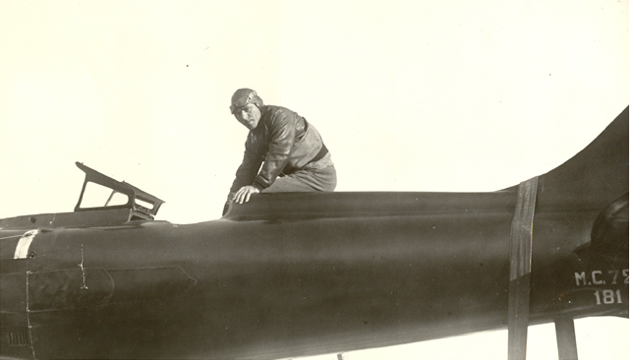
A Record That Stood the Test of Time
Agello’s record stood unbeaten for five years, a remarkable achievement in an era when aviation technology was advancing rapidly. It wasn’t until 1939 that land-based aircraft, such as the German Messerschmitt Me 209, finally surpassed the Macchi M.C. 72’s speed. Yet even as faster aircraft emerged, the M.C. 72’s record as the fastest piston-powered seaplane has never been beaten. At the time, the Macchi M.C. 72’s speed was unmatched, with land-based planes like the Hughes H-1 Racer trailing behind at only 352 mph. Even today, despite modern advancements, no piston-engine seaplane has managed to challenge Agello’s record.
The Legacy of the Macchi M.C. 72
The success of the Macchi M.C. 72 marked the end of an era. As the world turned its attention to more advanced aircraft in the lead-up to World War II, the golden age of the floatplane was fading. But the legacy of the M.C. 72 and Francesco Agello remains intact. Today, the very same aircraft that broke the world record is on display at the Italian Air Force Museum near Rome. For many, it’s a symbol of Italy’s once-dominant position in aviation, a reminder of the era when speed was king and the red insignia of Aeronautica Macchi was synonymous with breaking barriers. As aviation historian Gregory Alegi once remarked, Agello’s 1934 flight was “the swan song of the float plane era.” The Macchi M.C. 72 is now a relic of that time, but one that continues to inspire awe. When the plane was last taken out of the museum for an exhibition on the USS Intrepid, even legendary astronaut Pete Conrad couldn’t help but be amazed. Gazing at the sleek red aircraft, he remarked with a smile, “I bet I could fit in that one.”
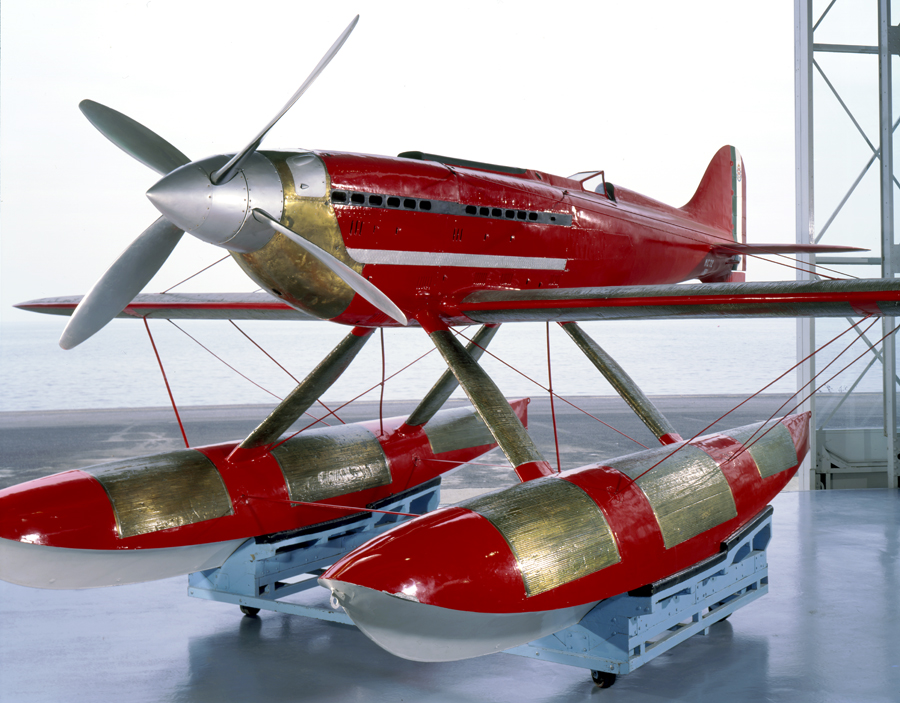
Today in Aviation History is a series highlighting the achievements, innovations, and milestones that have shaped the skies. All the previous anniversaries are available HERE
Related Articles
"Haritima Maurya, pen name, ""Another Stardust,"" has been passionate about writing since her school days and later began sharing her work online in 2019. She was drawn to writing because of her love for reading, being starstruck by the art of expression and how someone can make you see and feel things exclusive to their experience. She wanted to be able to do that herself and share her mind with world cause she believes while we co exist in this beautiful world least we can do is share our little worlds within.
As a commercial pilot, Haritima balances her passion for aviation with her love for storytelling. She believes that, much like flying, writing offers a perspective beyond the ordinary, offering a bridge between individual experiences and collective understanding.
Through her work, ""Another Stardust"" aims to capture the nuances of life, giving voice to moments that resonate universally. "

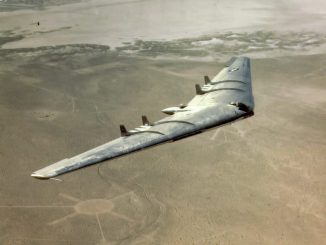
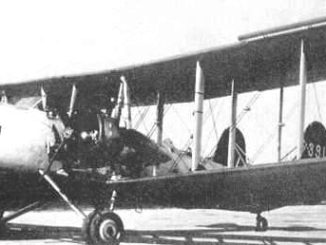
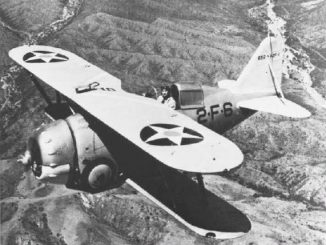
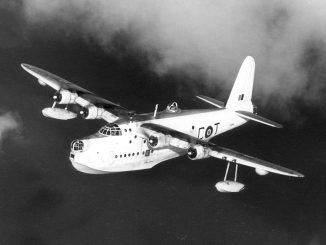


Be the first to comment
Graphic Design, Branding and Aviation Art